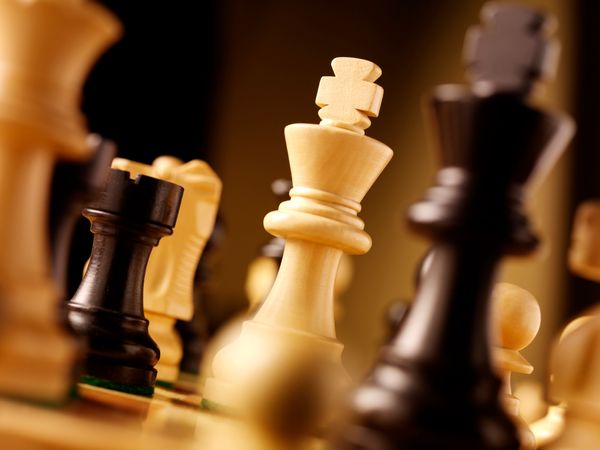The concept of RoboRally is unexpectedly playful if you consider that the game is essentially about an automaton making miniscule, programmed moves. It's one of the first board games designed by Richard Garfield, better known as the creator of Magic: The Gathering. And while it may seem a far cry from role-playing games, you're actually taking on quite the part: All the players assume the roles ofsupercomputerscontrolling arobotthat does their bidding.
But here's the thing: You're a brilliant machine trapped in a boring factory, forced to make widgets all day and yearning to have a little fun with your robot friends. So when the factory shuts down for the night, what else is there to do but plan elaborate robot races, pitting your tactical strategy against that of the other supercomputers?
Advertisement
Garfield actually devised the game before Magic: The Gathering, but it was met with skepticism from game publishers. After MTG became a huge hit for Wizards of the Coast, in 1994 they decided to see how RoboRally would perform. The game was met with mixed success; although itsstrategywas lauded, there were some serious hang-ups with players.
A few of those issues: the game could take an extremely long time, rookies to the game were designing floor plans (which determine the difficulty of the game) much harder than they realized and the game included "virtual robots" that added even more complication to the game. The game was given some expansions until 2000, when an overhaul was undertaken, ending in a 2005 reprint. The rules now included a timing element, more sample floor plans at many levels and the extinction of virtual bots entirely.
What follows is surprisingly entertaining for a board game that sometimes feels a lot more likecoding a computerthan strolling around Candy Land. The goal is deceptively simple: Your robot needs to touch all the flags around the factory floor, in order, before the other robots. To do that, you pick five cards that detail directions for your robot to move in to get to the flag. But the obstacles are many. There are walls and other robots to contend with, which can shove you off course, into pits and even off the board. There are conveyer belts that move your robot forward and gears that turn you around. And don't forget the lasers in the factory and on robots! If they hit you, you'll end up taking a Damage token and will receive one less card to program your moves with.
Before we jump into the laser-dodging, robot-bashing, flag-chasing fray, let's peek inside the box.
Advertisement






